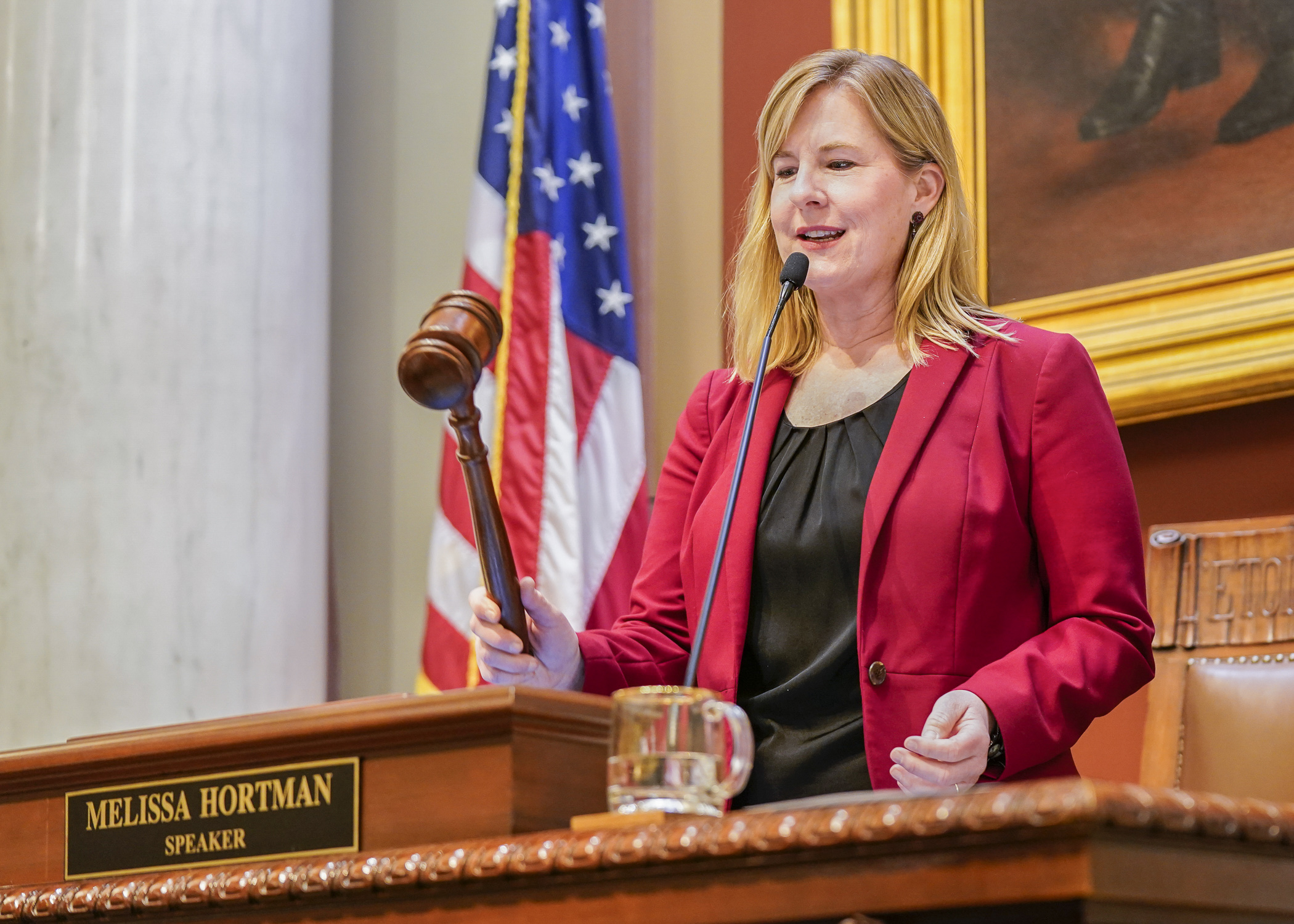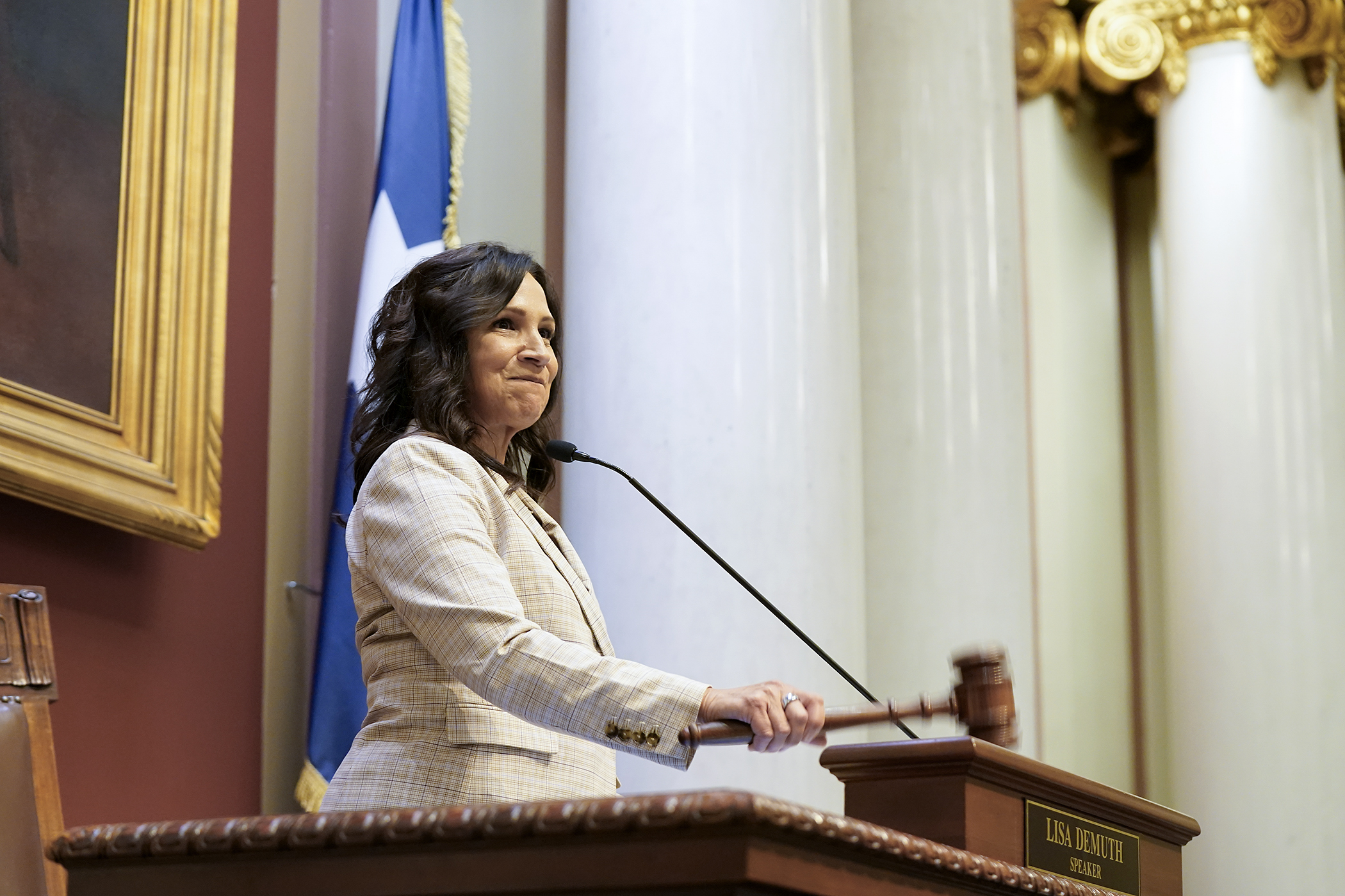Whether you rent or own your home, your tax refund could grow
When you hear “copay” you probably think of health care costs and what your insurance requires when you visit a doctor or buy a prescription. But where you live comes with a “copay,” too.
Both homeowners and renters are eligible for property tax refunds, but each of them requires a copay. For those applying for a homestead credit refund, the copay can range from 15% to 50% of your property taxes, depending upon your income. For the renter’s property tax refund, the percentages range from 5% to 50%.
But your copay would shrink under HF1735, sponsored by Rep. Cheryl Youakim (DFL-Hopkins). With a reduction in the copays, refund amounts would increase for homeowners and renters. Replaced by a delete-all amendment with updated figures from the February budget forecast, the bill was laid over by the House Property Tax Division on Wednesday for possible inclusion in the division report.
The companion, SF1850, sponsored by Sen. Matt Klein (DFL-Mendota Heights), awaits action by the Senate Taxes Committee.
For the homestead credit refund, the bill would reduce the copay percentage by 5% for all claimants, and increase the maximum credit by $250 for most. The size of the increase would phase down for those of higher incomes.
For the renter’s refund, the statutory copay would shrink by between 5% and 15%, depending upon income. The average renter would receive a refund of $1,860.
The bill would be effective for property tax refunds paid in 2022, based on 2021 incomes and rents and property taxes payable in 2022.
The Revenue Department estimates the changes would begin reducing the state’s General Fund in fiscal year 2023, with a total of $68.1 million for that year, $52.4 million of it a result of the homestead credit change.
The department also estimates 549,000 homeowners would see their refund increase at an average of $96. About 275,000 renters (or 86% of the state’s renters) would see an average increase in their refund of $57.
Nan Madden, director of the Minnesota Budget Project, said 30% of people receiving the renter’s credit are seniors or people with disabilities, a percentage she said grows to over 50% in 21 Greater Minnesota counties.
Madden said increasing renter’s tax refunds “would respond to the severe hardship that so many Minnesotans have faced during the pandemic and economic downturn, including the essential workers that we all have counted on more than ever.”
“The renter’s credit is effective in reaching the state’s lowest-income residents,” Youakim said. “These are important investments we make in all of our communities.”
Related Articles
Search Session Daily
Advanced Search OptionsPriority Dailies
Speaker Emerita Melissa Hortman, husband killed in attack
By HPIS Staff House Speaker Emerita Melissa Hortman (DFL-Brooklyn Park) and her husband, Mark, were fatally shot in their home early Saturday morning.
Gov. Tim Walz announced the news dur...
House Speaker Emerita Melissa Hortman (DFL-Brooklyn Park) and her husband, Mark, were fatally shot in their home early Saturday morning.
Gov. Tim Walz announced the news dur...
Lawmakers deliver budget bills to governor's desk in one-day special session
By Mike Cook About that talk of needing all 21 hours left in a legislative day to complete a special session?
House members were more than up to the challenge Monday. Beginning at 10 a.m...
About that talk of needing all 21 hours left in a legislative day to complete a special session?
House members were more than up to the challenge Monday. Beginning at 10 a.m...